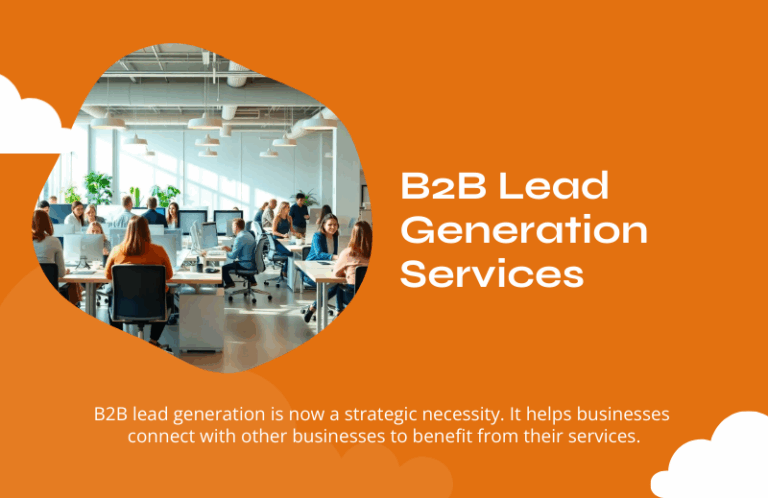
Every customer has a story to tell, and understanding that story helps you discover new leads with similar tales. A buyer’s journey describes a narrative arc that includes many of the same elements you’d find in epics from Beowulf to Lord of the Rings. The fate of the world may not hang in the balance, but the fate of your next sale does. Marketing automation can make the decisive difference.
While each lead’s journey is unique in some ways, they also follow strikingly similar outlines. Here’s how marketing automation sheds light on the underlying structures of a buying journey and reveals common factors between your leads, allowing you to not only follow their paths but act as a guide.
Awareness
Before they will listen to your offer, leads must first recognize they have a need and seek a solution. The first part of the buying journey, then, is helping leads see problems facing them and making them aware that you’re able to solve them effectively. With marketing automation, you place ads on sites that are relevant to your leads’ search engine activity. Because your name is where they’re already starting their fact-finding, you’re increasing brand awareness and drawing connections between your name and potential solutions.
Criteria Development
At this point, your prospects know they have a problem that needs solving; your role now is to help them see its outline more clearly. Checklists, troubleshooting guides, and online calculators are just some of the tools leads use as they develop an understanding of what they want their solution to do. By helping them come up with the criteria for successful implementation, your content plays a pivotal role in buying decisions. Customizing answers to guides and quizzes with marketing automation lets you address your leads’ needs more precisely.
Drilling Deeper for Facts
Like exposition in a novel, fact-finding missions are important to a deeper understanding of the solutions leads seek. Once prospects know precisely what they need, they amass information about possible solutions. In B2B marketing, automation is particularly useful for this phase, channeling each lead through a nurture program that’s tailored for their individual buying journey.
Comparison
The central conflict in many stories is a difficult choice the hero must make. The hero of your buyer’s story has a meaningful choice to make too, and comparisons are a key part of it. Leads need to know how your solution stacks up against other possibilities. If fact-finding is value-neutral, comparison is where a favorite emerges. In-depth content that supports leads’ choices and gives them something concrete to put in front of other decision-makers lets them arrive at a consensus.
Purchasing
This is the dramatic moment of action, the culmination of the buying journey. It’s also one of the points at which marketing automation truly shines as it makes the transition from marketing to sales as seamless and simple as possible. Your sales team, like your marketing team, has detailed records on each account so there’s no wasted effort or missed communication.
Evaluation
A story doesn’t end at its climax; it has a denouement that wraps up loose ends and sets the stage for the next tale in the series. Especially for B2B companies, customer relationships can last for years. You want to be there to support your customers as they familiarize themselves with their purchase. With marketing automation technology, your CRM is integrated into the centralized system so buying histories and customer care records are easily accessible.
No buyer should have to take a perilous journey alone. Be there with them via your marketing automation system.
© Reach Marketing LLC 2017 All Rights Reserved.



